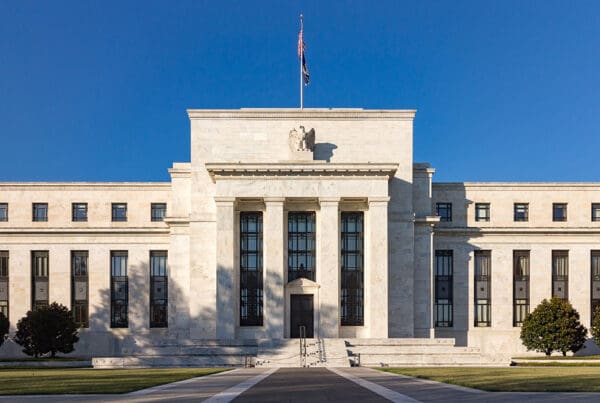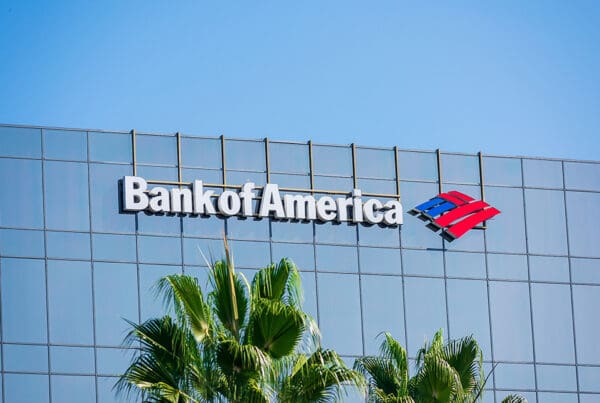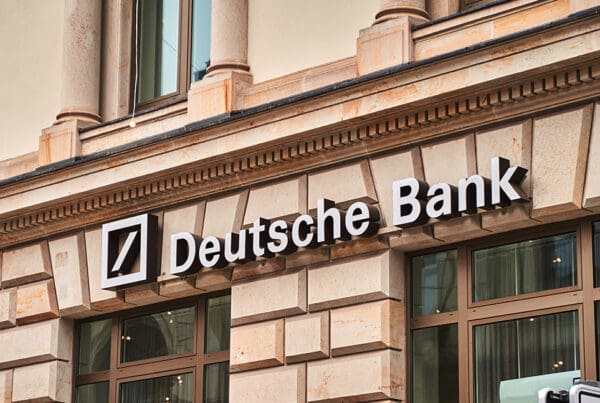Downtown Detroit is experiencing a new wave of development. “Walking around Detroit in 2008 or 2009 is not the same as walking around in 2022,” said Ramy Habib, a local entrepreneur. “It is absolutely magnificent what happened throughout those 15 years.“ The Southeast Michigan Council of Governments reports that only 708 new housing structures were built in Detroit between 2010 and 2019. Many of the new construction projects are the result of philanthropic efforts by large local businesses. Ford Motor Company, for example, is in the process of constructing a 30-acre mixed-use development at Michigan Central Station. As the city fell into bankruptcy, the station sat abandoned for years.
Economists believe Detroit’s decline into insolvency is the result of globalization in the auto industry during the 20th century. During the most recent but controversial count by the United States Census, the city’s population decreased from 1.8 million to 639,000. “With the population leaving, with the infrastructure staying in place, it meant strains on the city. Cumulatively, they started to mount over time,” said Raymond Owens III, a former senior economist at the Federal Reserve Bank of Richmond. The Great Recession of 2007-2008 left scores of homes in foreclosure in the city. Since then, the U.S. Treasury Department has funded the removal of 15,000 blighted structures in the city. “A lot of Black people are leaving the city. So sometimes that identity can change and shift in certain communities,” said Alphonso Carlton Jr, a lifelong Detroit resident. Tax and spending policies have been used by local leaders to promote economic development downtown.











